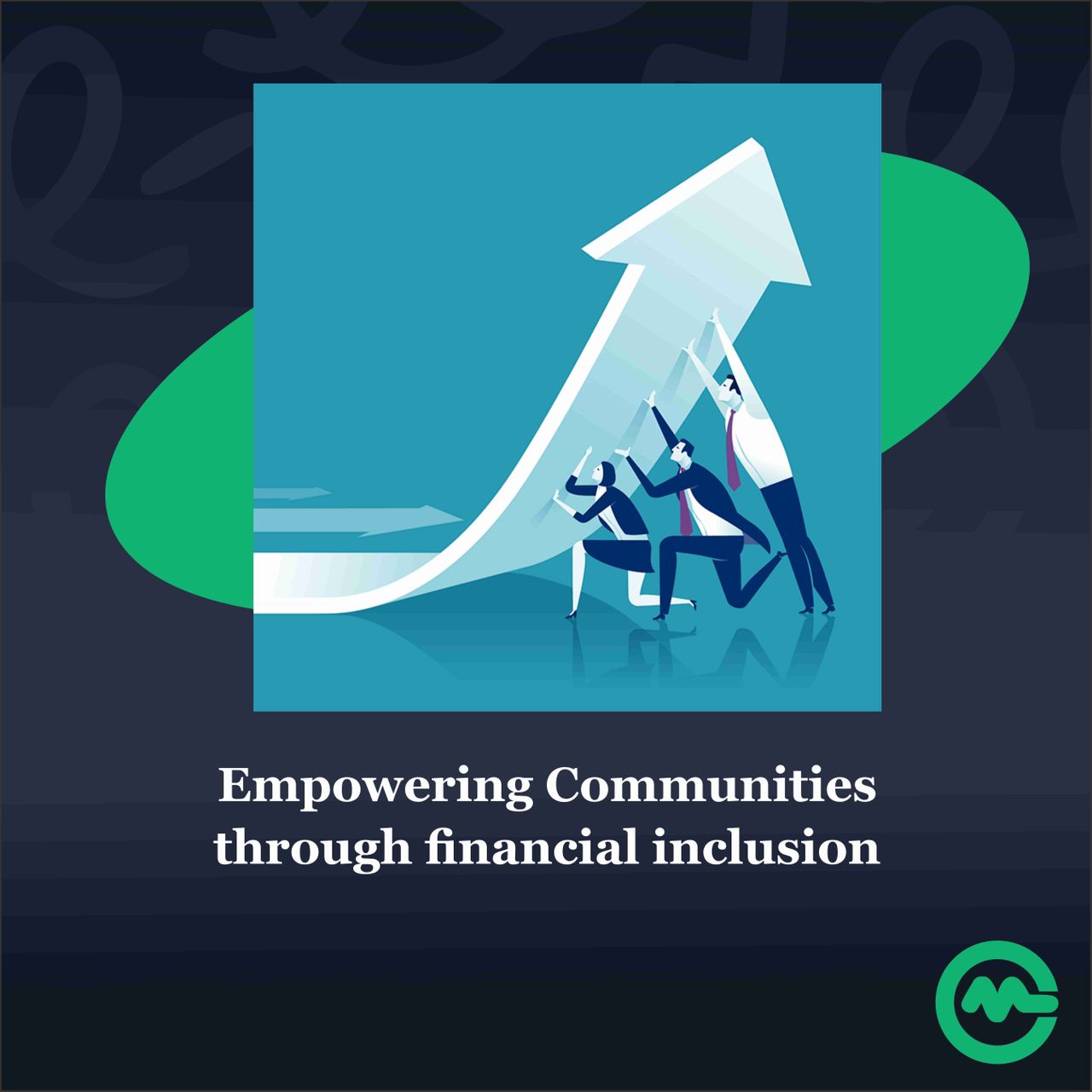Empowering Communities Through Financial Inclusion
Financial inclusion in the modern world has emerged as a powerful tool for transforming communities and driving economic growth. It goes beyond merely providing access to financial services; it’s about creating opportunities, promoting stability, and empowering individuals and communities to shape their futures.
In this blog post, we will explore the significance of financial inclusion and the vital role it plays in empowering communities worldwide.
Understanding Financial Inclusion
Financial inclusion refers to the accessibility of a range of financial services by members of a society, regardless of their education, income level or social status. These services include savings accounts, smart borrowing, investments, digital payment platforms, and more. The ultimate goal is to ensure that everyone has the necessary resources to manage their finances & make informed decisions to invest in their future
The Power of Economic Empowerment
Reducing Poverty: Financial inclusion serves as a catalyst for poverty reduction. When more individuals gain access to savings accounts and credit facilities, they can invest in education, healthcare, and income-generating activities. This enables them to break free from the cycle of poverty and create a better life for themselves and their families.
Entrepreneurship and Job Creation: By providing access to capital, financial inclusion supports budding entrepreneurs in starting and expanding businesses. This, in turn, leads to job creation within the community, fostering economic growth and reducing unemployment rates.
Women’s Empowerment: Financial inclusion plays a crucial role in advancing gender equality. At Oxymon, one f our major focal points is empowering women in business. When women have control over their finances, they are better equipped to make important decisions for themselves and their families. They can also become entrepreneurs and contribute to their community’s economic development.
Resilience During Crises: In financially inclusive communities, individuals have access to savings and insurance that help them cope with unexpected events such as medical emergencies, natural disasters, or economic downturns. This resilience strengthens the overall stability of the community.
Promoting Financial Education and Literacy
Financial inclusion goes hand in hand with financial education and literacy. It’s not just about providing access to services; it’s about ensuring that individuals understand how to make informed financial decisions. Workshops, seminars, and educational campaigns can empower individuals to manage their money wisely, save for the future, and make strategic investments.
Digital Innovation and Financial Inclusion
In recent years, digital technology has revolutionised financial inclusion. Mobile banking, digital wallets, and online lending platforms have made financial services remotely accessible to underserved communities. Digital tools are cost-effective, convenient, and secure, enabling individuals to conduct transactions and access financial resources without the need for physical branches.
Collaboration for Lasting Impact
Achieving widespread financial inclusion requires collaboration among governments, financial institutions, NGOs, and technology providers. By working together, these stakeholders can create an ecosystem that addresses barriers to access, such as high transaction costs, lack of infrastructure, and regulatory challenges.
In conclusion, financial inclusion isn’t just about numbers on a balance sheet; it’s about transforming lives and communities. When individuals have the power to manage their finances, make informed decisions, and invest in their futures, this improves communities as a whole. Therefore, as we continue to strive for a more inclusive world, let’s recognise the vital role that financial inclusion plays in empowering communities and paving the way for a brighter, more equitable future.







